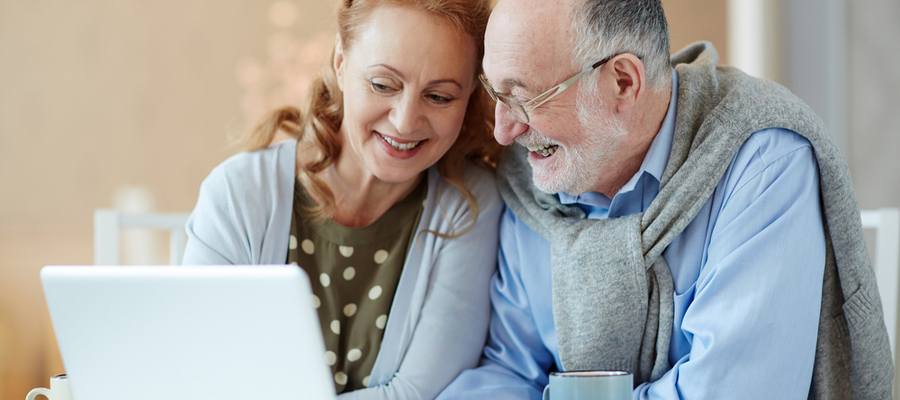On the surface, most of us are managing. When we’re asked, we reply by saying, “Fine.” We’re surviving; eating three squares a day while watching too much cable news and streaming too many movies. We’re staying up way past our usual bedtimes and getting up much later in the morning. And, if these habits were the product of a two-week vacation in the middle of the summer, I’d say, let’s go easy and kick back.
Yet, that’s not exactly what’s happening. It’s not a vacation or even a staycation. Most of us are eating too much and exercising too little. I’ve taken to baking chocolate cookies in recent weeks, something I swore I wouldn’t do. If we have grandchildren, it’s not recommended that we visit with them unless we live together. Couples are together 24/7, so much so that psychologists are saying that two people who have more or less independent lives are finding it difficult to make this intense togetherness a portrait of marital bliss. Down the street from us in Oakville, the police were called in for a domestic dispute that lasted well into the early hours of the morning. Neighbours were evacuated from their homes.
Being members of the older generation, we’ve learned not to complain or at least not to complain too much. On the weekly Zoom happy hour call with our friends my age, we try not to focus on our ailments or aches and pains. Still, we inevitably fall into rehashing our worries about illnesses during each virtual get-together. That’s what happens after turning 65.
I admit to finding these conversations comforting. Although there is ample good advice insisting we must connect with our physicians, carry on with medical examinations, and never ignore those symptoms that keep us up at night, it’s hard to imagine that in-person doctor visits or medical tests are entirely safe when it comes to avoiding COVID-19.
Last month I underwent some medical tests. In each case, the waiting rooms were crowded. The seats in the waiting room weren’t fixed at six feet apart. People burst into the waiting room who didn’t have appointments. We were all masked, but the threat of catching the virus permeated the room. Front-line staff was exemplary, but there is only so much they can do when racing to keep up with patient overload. Seeking medical advice and treatment is the right thing to do, but it’s not a simple decision these days when the process of the cure might be more dangerous than the illness.
Then there’s the question of vaccines. As I’m writing this post, no one knows for certain when we’ll receive our shots or how long the immunity will last even after a second dose. The federal government quickly bought up an ample number of contracts with drug manufacturers to vaccinate everyone in Canada, but didn’t count on suspended or slow delivery, putting a timely vaccination roll-out in jeopardy.
The other day, my husband and I and our friends made a bet on our Zoom call—when we would receive our first dose of the vaccine. Our friends were more sanguine than we, betting they would receive their first shot during the spring or early summer. I put my money on August, but my husband, who has a record of being right about these things, insisted on December.
For baby boomers, there is also the growing issue of debt. As the Huffington Post Canada reports,
“People aged 50-plus have seen their share of insolvencies jump since the start of the pandemic, from 28.3 per cent in 2019 to 31.4 per cent immediately after last year’s lockdowns, according to a study from insolvency trustees Hoyes Michalos. The study looked at 3,900 Ontario insolvencies filed with the firm. This comes at a time when ― thanks to emergency pandemic income supports from the government ― the number of Canadians who filed for insolvency actually dropped by nearly 30 per cent, according to the Office of the Superintendent of Bankruptcy.”
Insolvency trustee and author of this report Doug Hoyes explained, “older adults are the ones carrying the most debt ― and the least likely to have had their living costs covered by the $2,000-a-month Canada Emergency Response Benefit (CERB).”
The other defining issue is home ownership. “A stark new divide is forming between homeowners and non-homeowners, with those who own homes shielded from financial problems by rapidly rising house prices,” Hoyes said. “Six or seven years ago, a third of the clients at Hoyes’ insolvency firm were homeowners; today, that has dropped to less than 5 per cent.”
Today the average Toronto home is worth $1-million, so homeowners, even those who carry an existing mortgage, have often built up a healthy share of equity in their homes, and with that equity, can apply for a reverse mortgage with HomeEquity Bank.
Looking on the bright side, I’m still optimistic that my husband and I will take a late summer vacation. Perhaps a stay in a ritzy hotel overlooking a lake, where delicious meals are prepared for breakfast and dinner and the sheets are changed every day. A hotel with a spa and a swimming pool is preferable.
I’m allowed to dream, aren’t I?
 |































